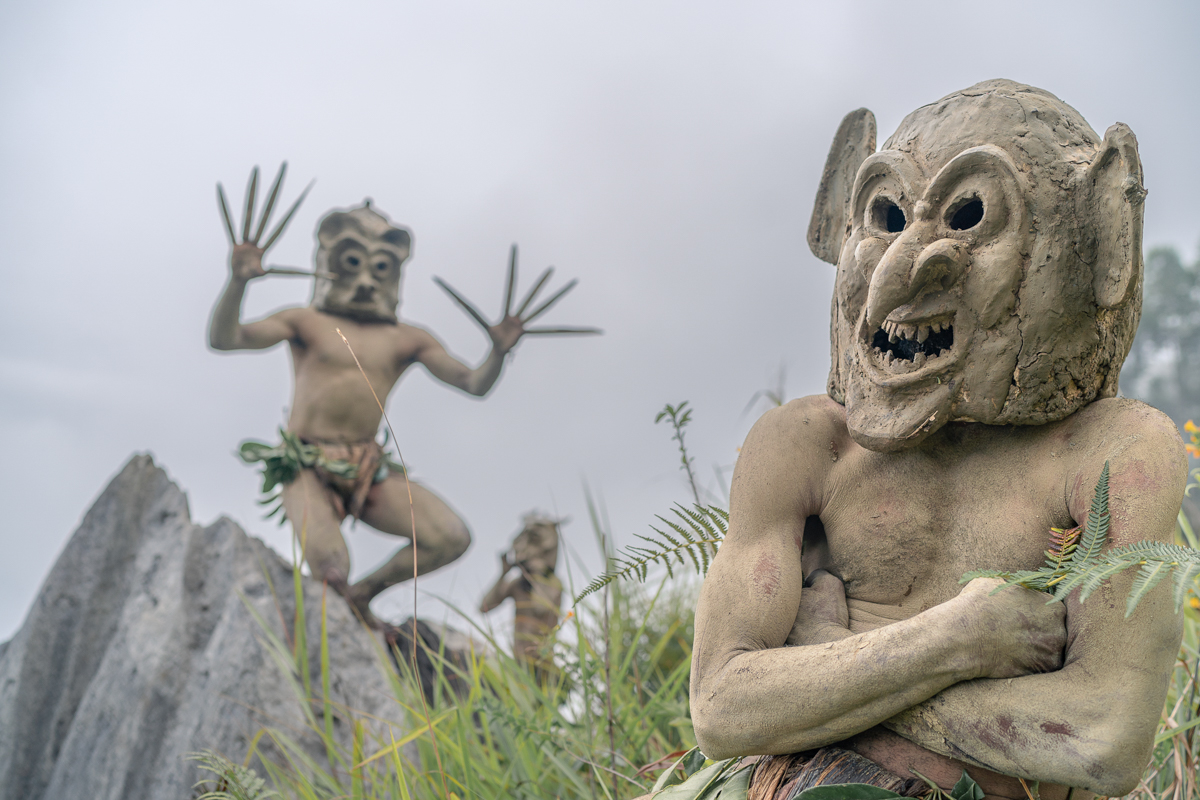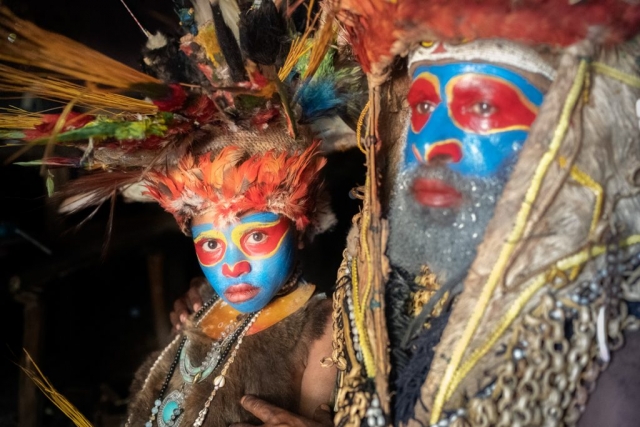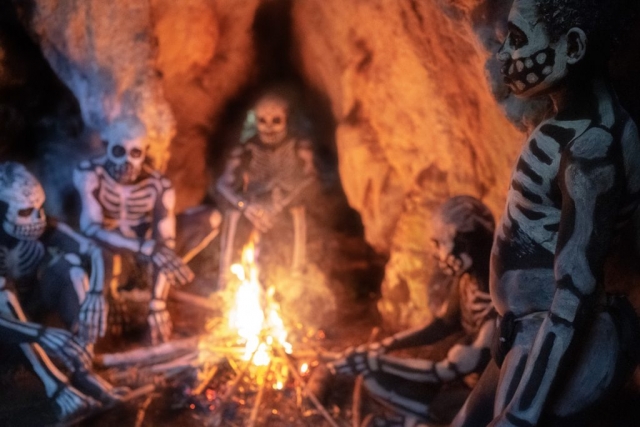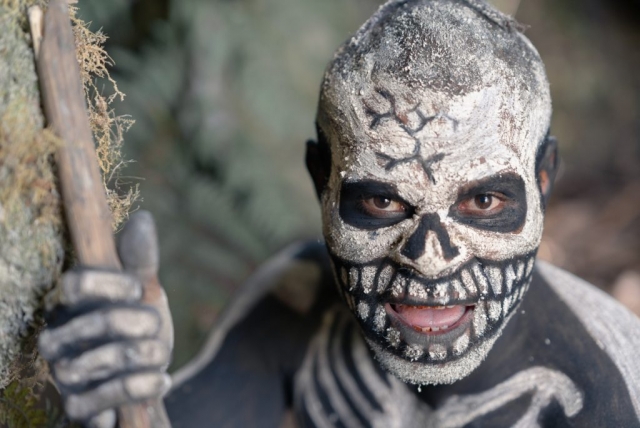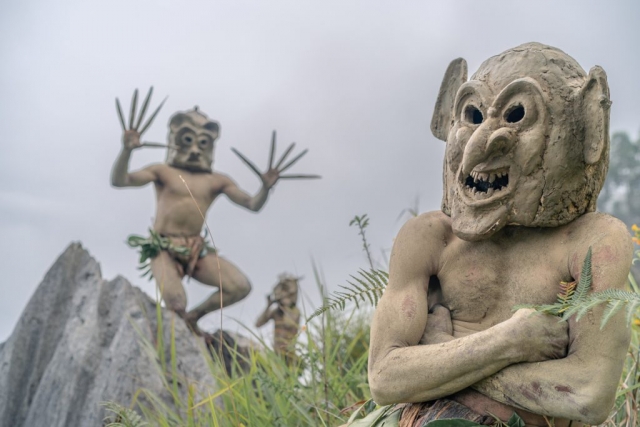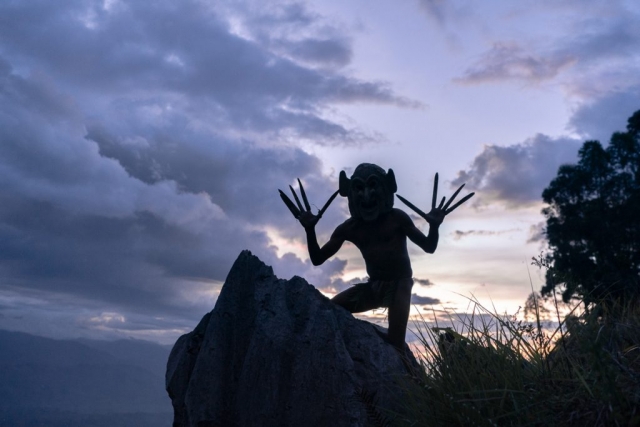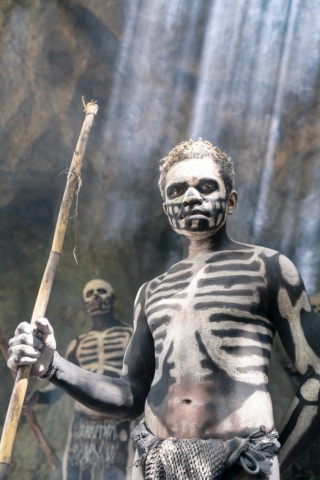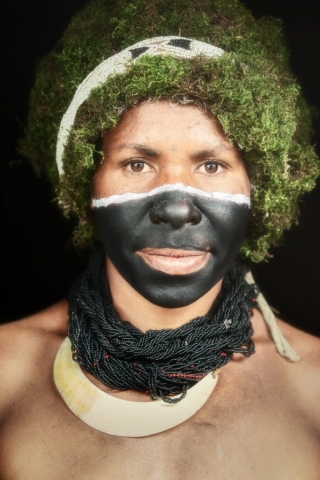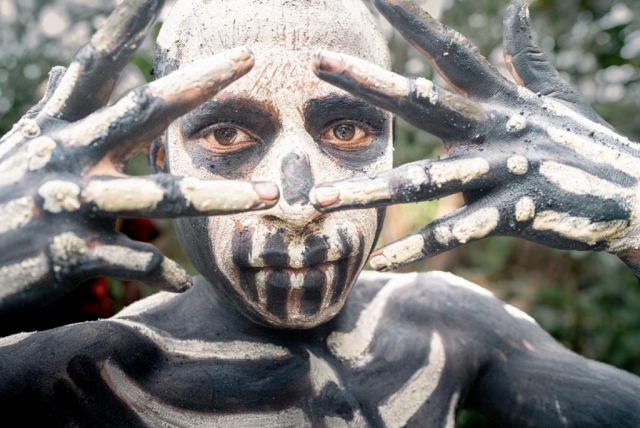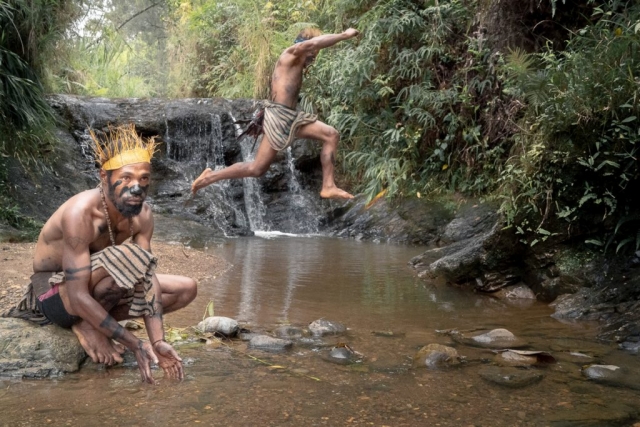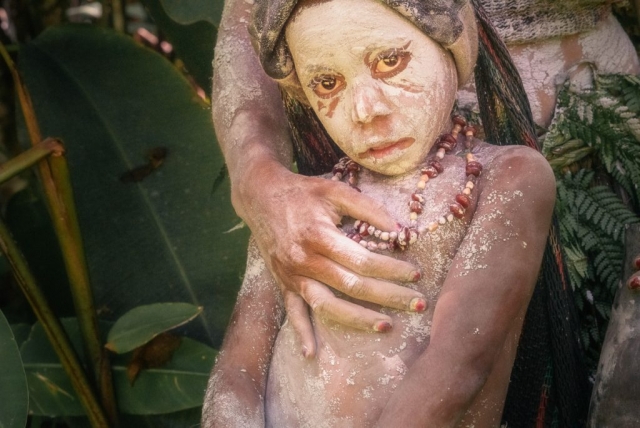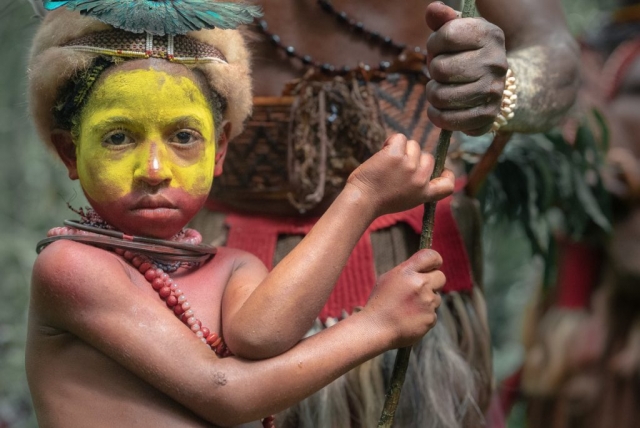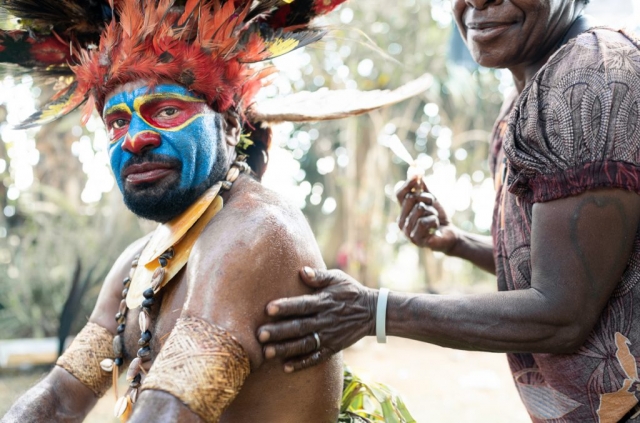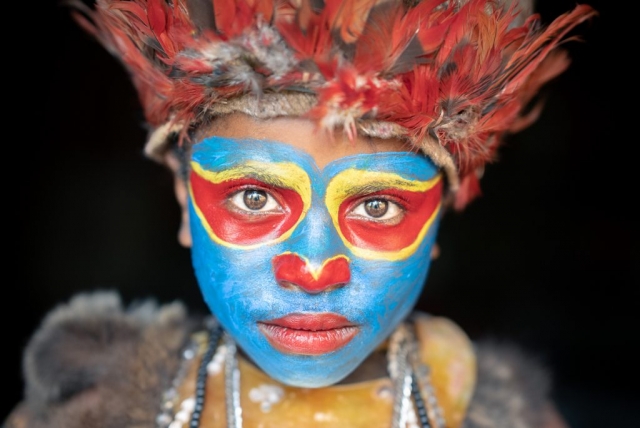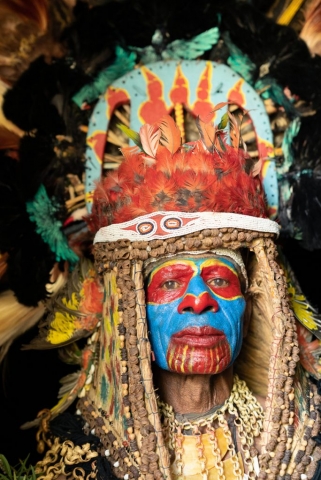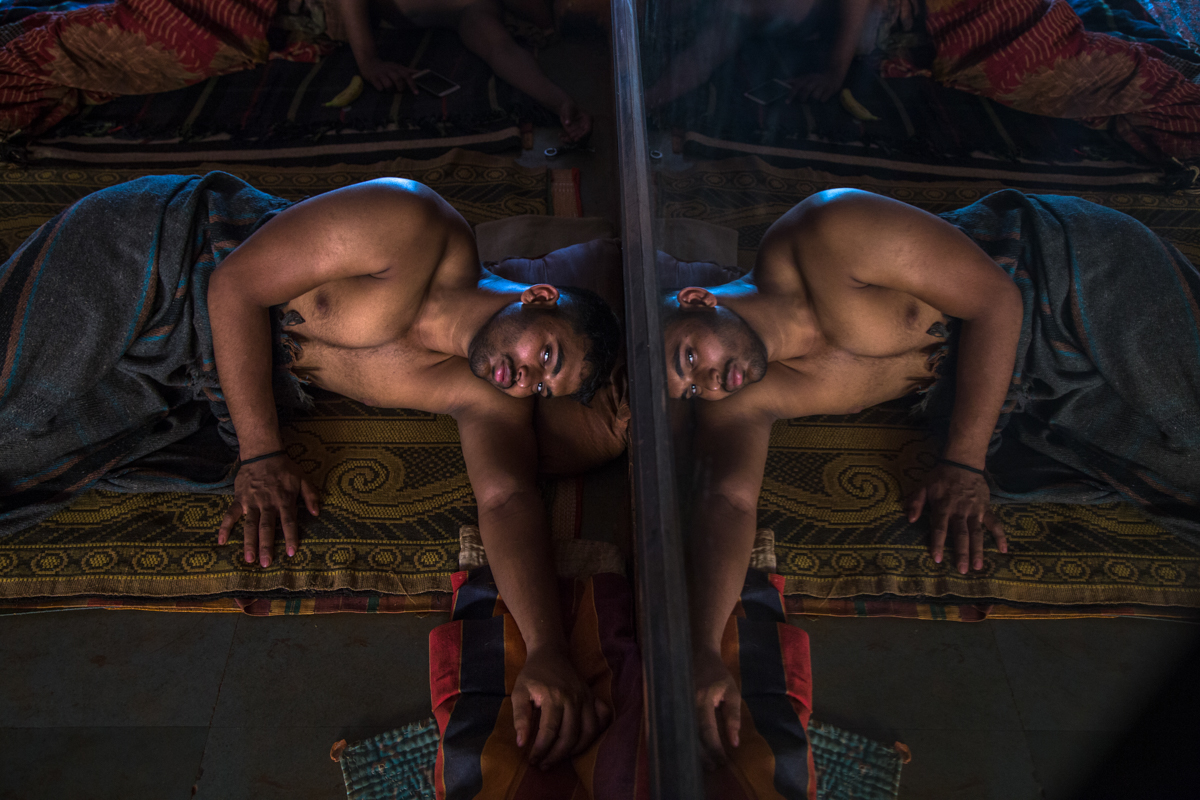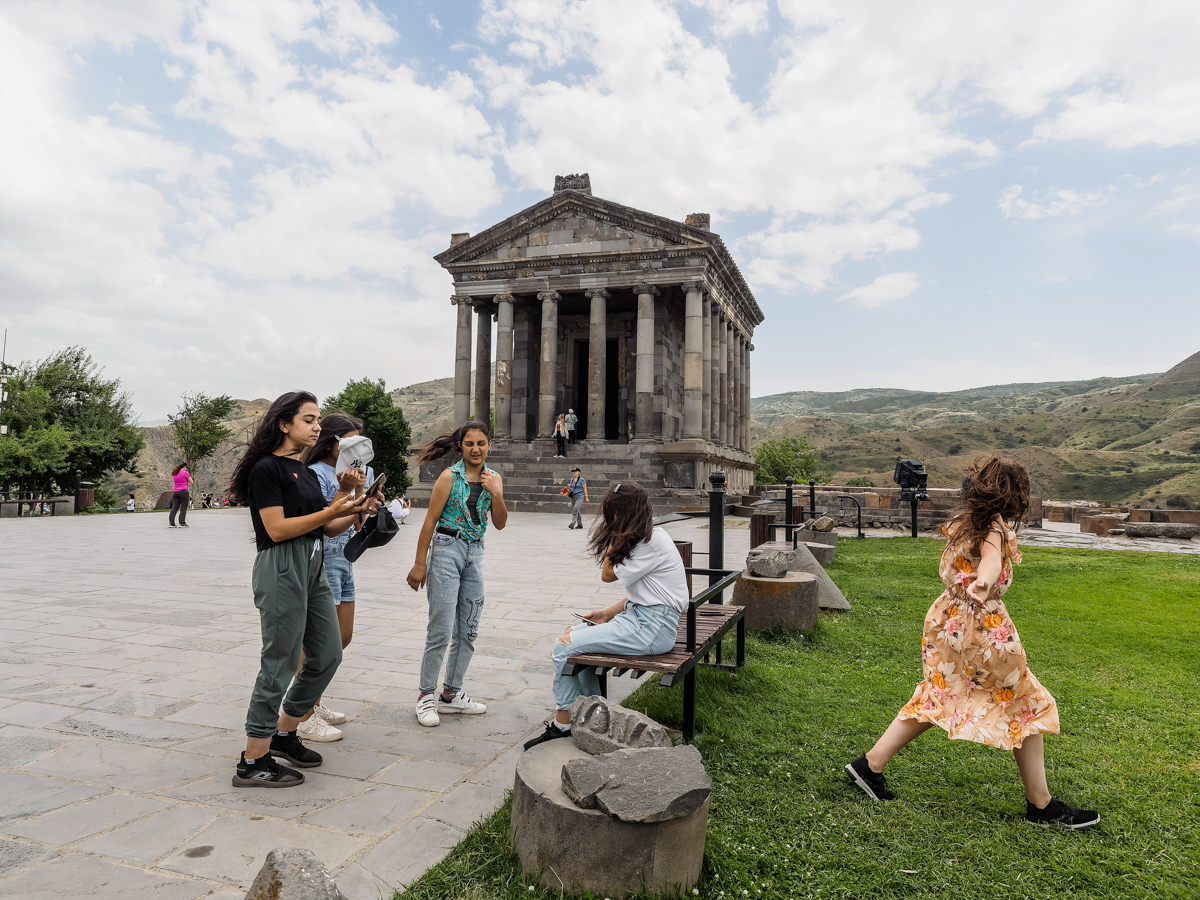Chiara Felmini – Papua
Papua New Guinea is a peninsula of Oceania located on the island of Papua, a large island shared with Indonesia. It is the second island in the world: only Greenland is bigger. The shape and type of structure of the island, together with the simple technology of the inhabitants, explain why it contains such a large number of different cultures and languages and why it has remained detached from the world and progress for centuries. Even if the population of the island reaches only three million inhabitants, at least a thousand different languages and dialects coexist.
The traditional religions of New Guinea are very diverse. It is commonly believed that a vast number of spirits and ancestors influence the fate of man on this earth.
Many ethnic groups lived until recently isolated and were partly enemies of each other. Their coexistence in a modern state entails political and social difficulties. The crime rate is very high.
A trip to this land is on the other hand very fascinating and my direct experience has never made me feel sensations of danger, nor episodes that can be defined as dangerous
The background is very “African”: red streets, tall palm trees, old abandoned colonial buildings, colorful shops selling everything.
The natives have a stocky appearance, they are very dark, with large noses on weighted bodies, frizzy hair like black cotton candy but of a disarming kindness.
It should also be remembered that historians believe that 50,000 years ago Papua New Guinea was inhabited by Asian populations. The first contact with Europe probably occurred between 1526 and 1527 when the Portuguese explorer Jorge de Meneses baptized this place Ilhas dos Papuas (‘islands of frizzy hair’).
The most compelling aspect of this journey is however the color and decorations of the body of the different tribes: the body becomes an instrument, a vehicle to express any communication. The colors that make up the decorations are means of a metalanguage that unites all the clans. During the main ceremonies, the traditional clothes are placed in the background compared to the colored clay decorations that are applied directly on the body to convey messages as well as the elaborate headdresses where the feathers of the birds of Paradise are the fundamental part.
The preparations are long and complex, following rituals and codes handed down only orally; There is no written story for any of the tribes we have encountered.
Generally the whole face is colored following patterns that have been handed down for who knows how long, the feathers of the various birds are carefully chosen and stored according to the type of bird in the pages of a local magazine or in wooden boxes.
The island is home to about 7000 different cultures. Each of them has its own language, weapons and approaches to dance, music, body painting and clothing. Today this priceless heritage is beginning to disintegrate with the modernization of the country.
A trip to this land is an immersion in wealth.


